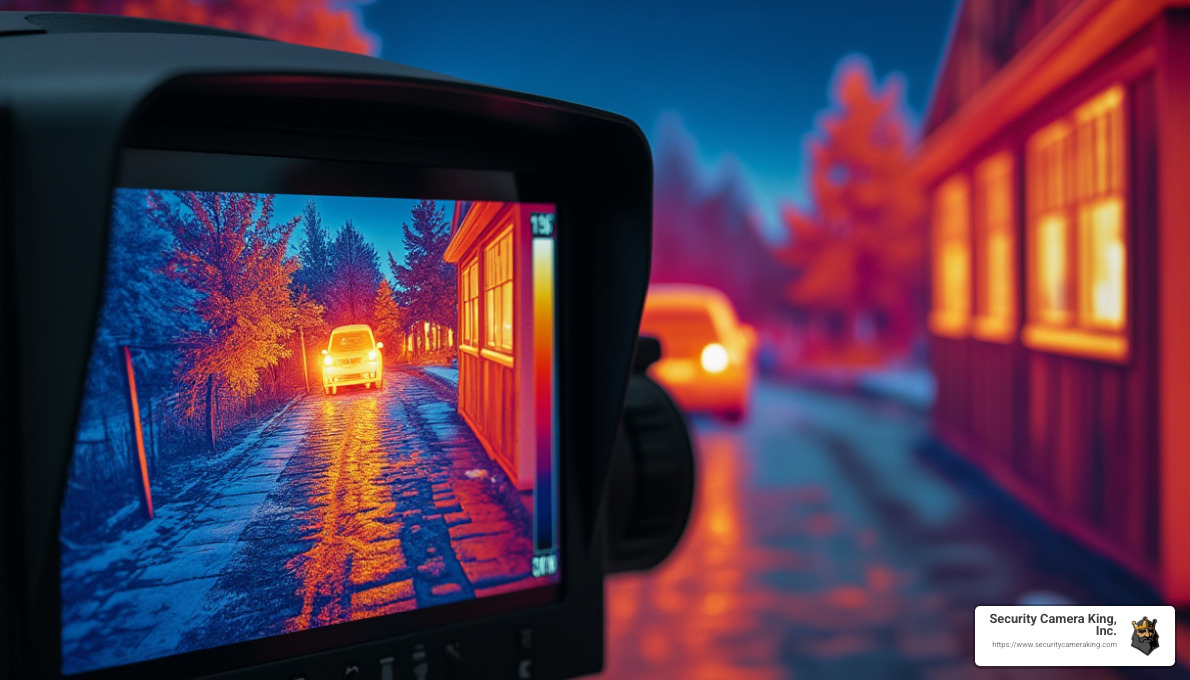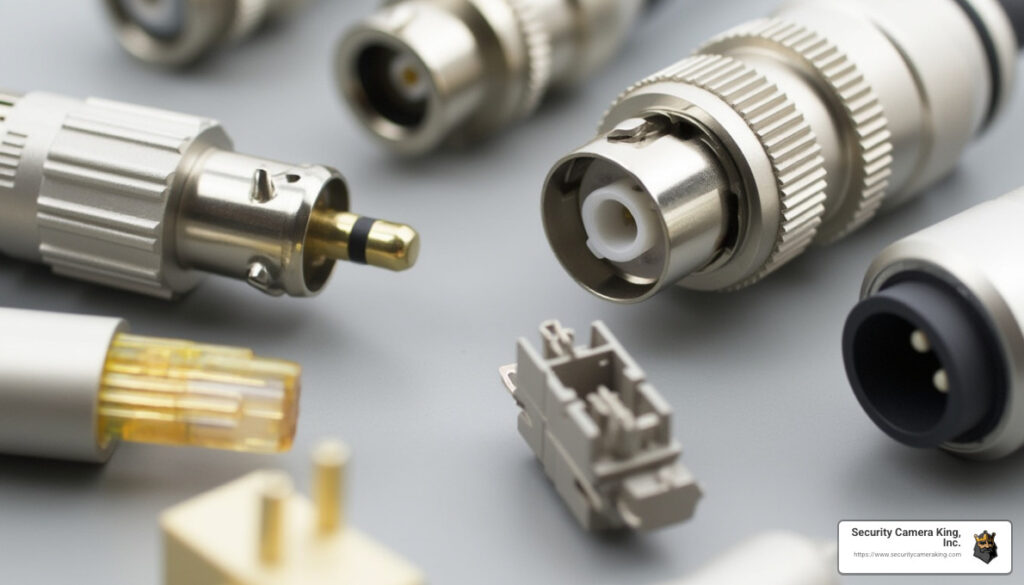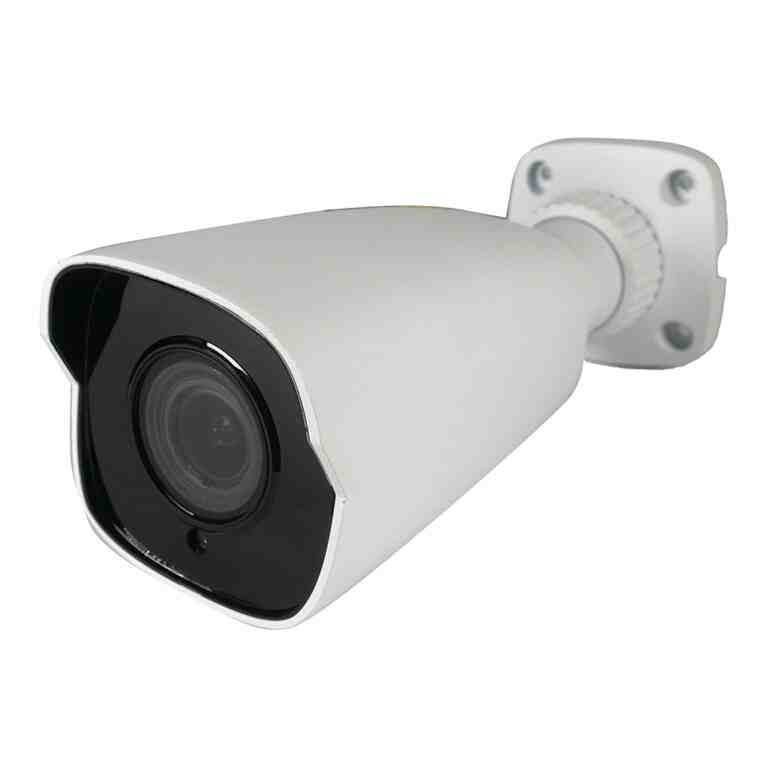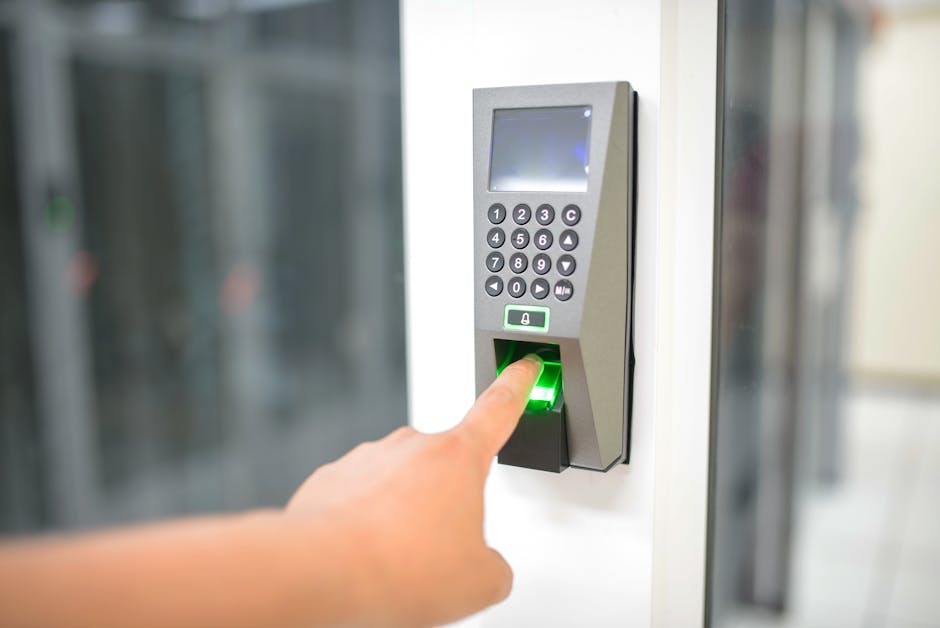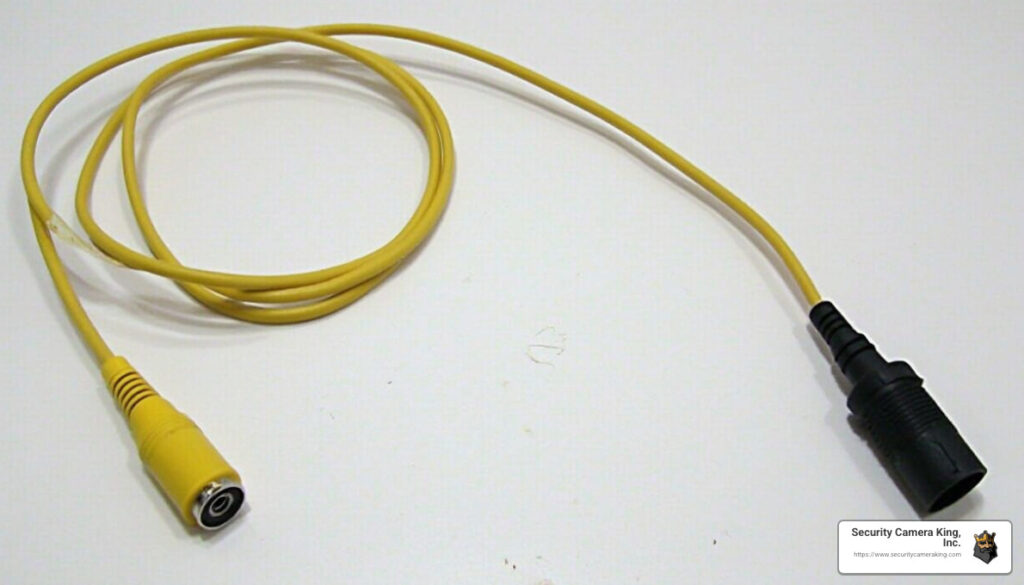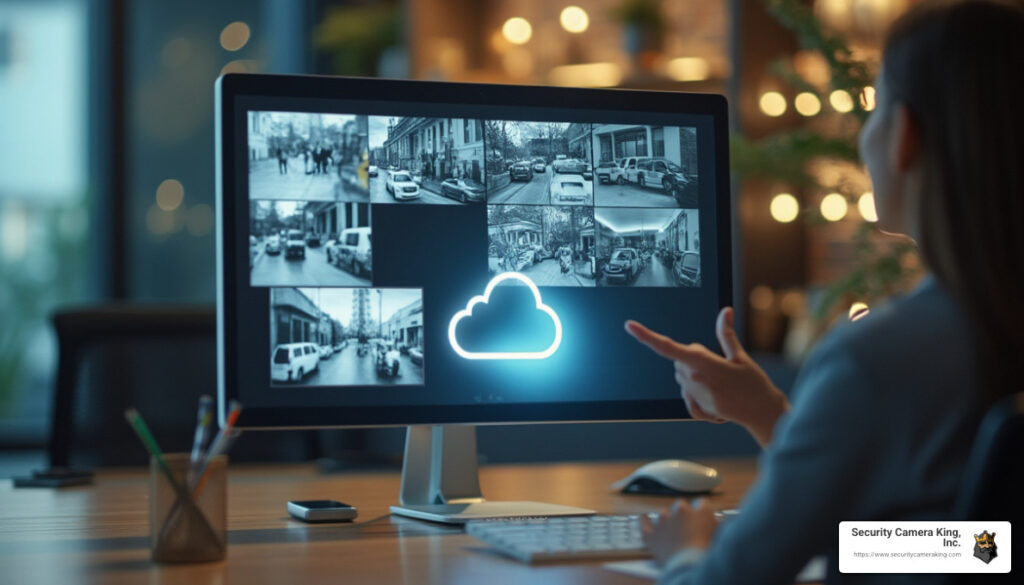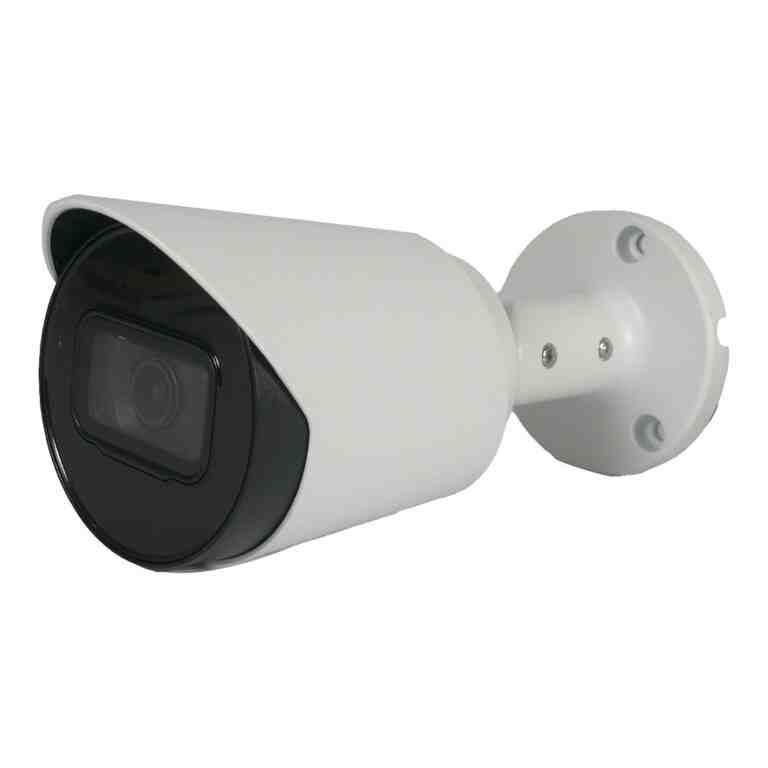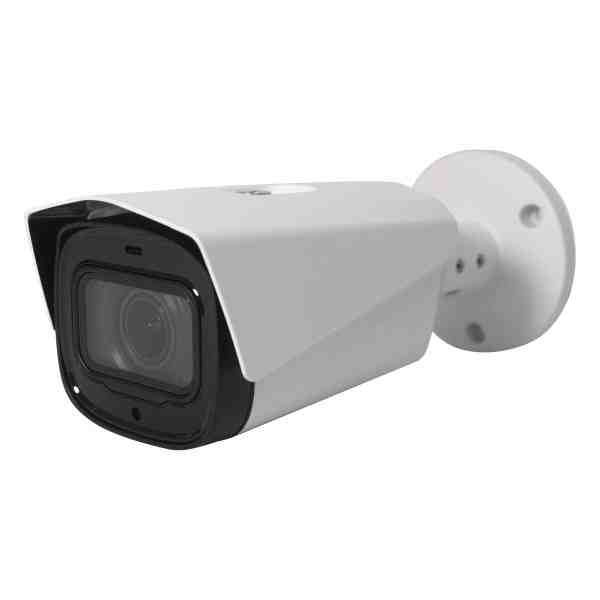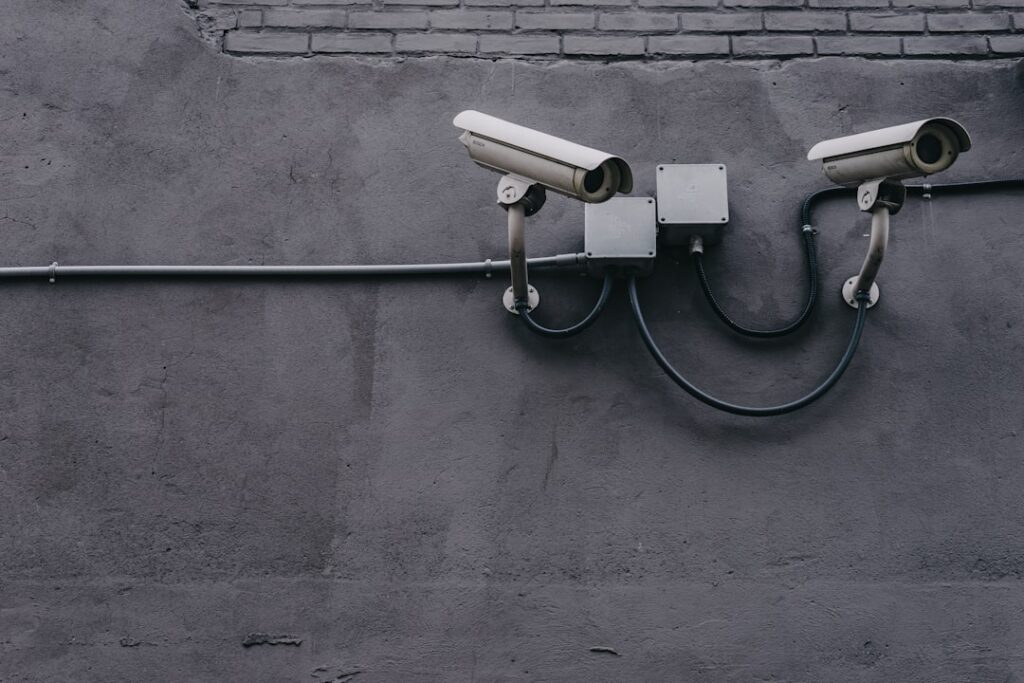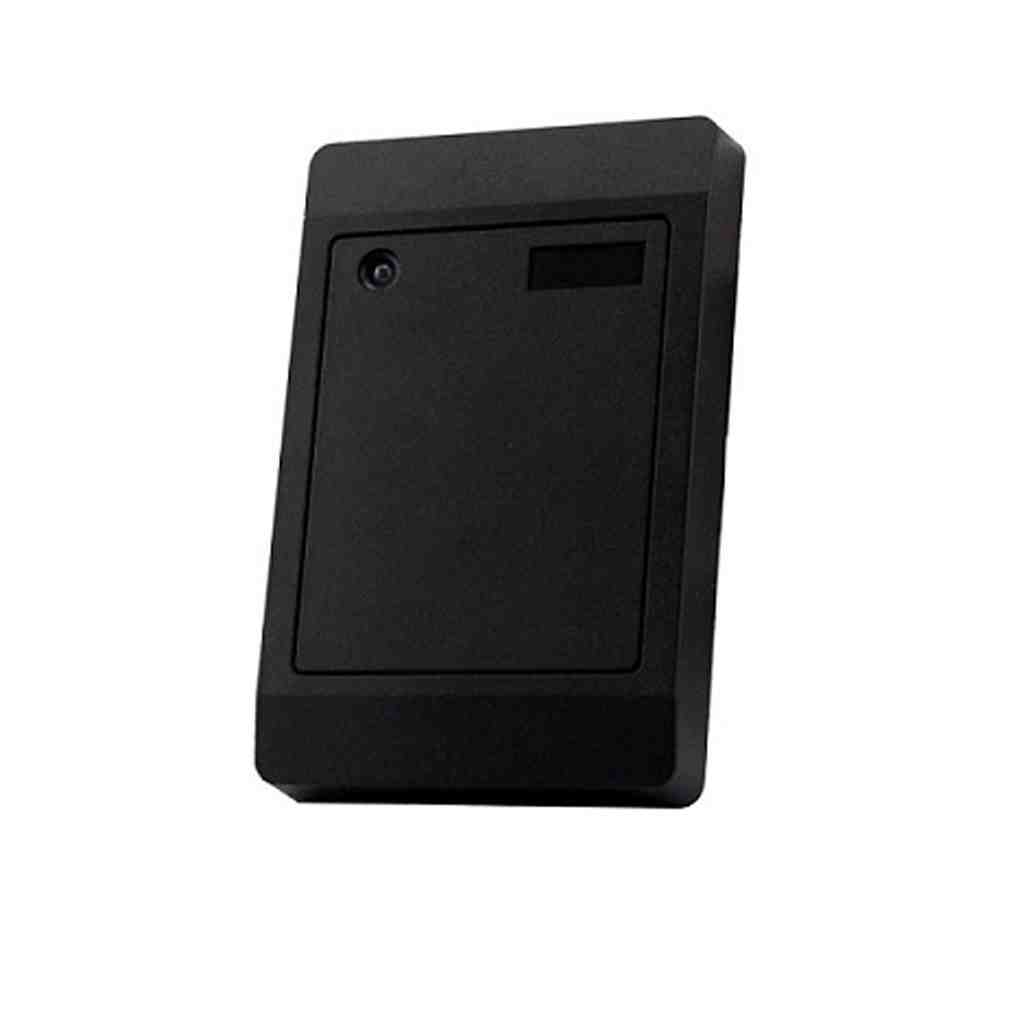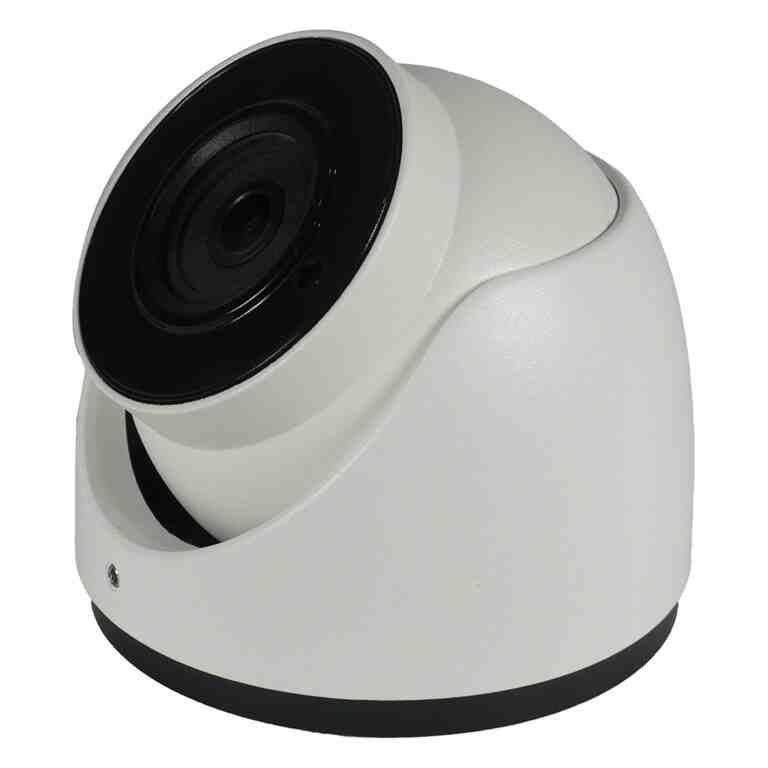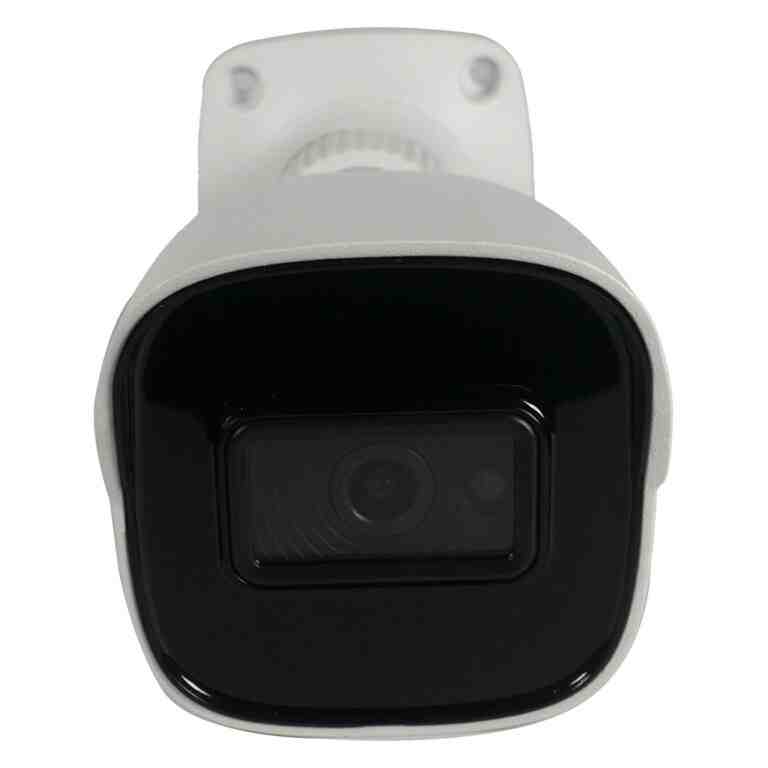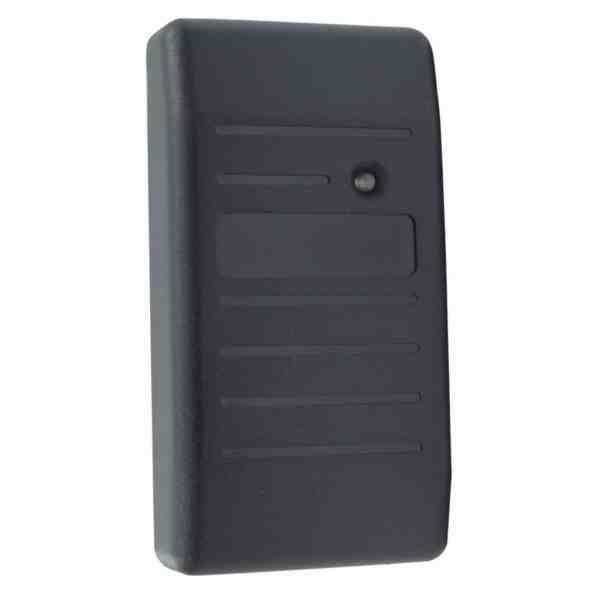Thermal imaging security systems are changing the landscape of site protection by improving security in ways that most traditional systems can’t match. These advanced systems detect threats invisible to the human eye, enhancing visibility and awareness, even in poor conditions.
- Revolutionary Threat Detection: Spot potential risks that standard cameras might miss.
- Weather-Proof Performance: Operate in any environment, maintaining robust security.
- Improved Situational Awareness: Improve monitoring and decision-making with dual visual and thermal imaging.
- False Alarm Reduction: Leveraging smart analytics ensures more accurate threat recognition.
- Maintenance Alerts: Identify equipment that needs attention before it breaks down.
Security is more critical than ever, whether it’s safeguarding a retail store or protecting high-value assets. That’s where thermal imaging security systems shine. They offer best protection by detecting threats that go unnoticed by standard cameras, ensuring safety day and night.
I’m Brad Besner SCK, founder of Security Camera King, drawing on years of experience to offer insights into thermal imaging security systems. We’ve helped countless businesses improve their security measures, and I am excited to share how this technology can benefit you next in “Understanding Thermal Imaging Security Systems.”

Understanding Thermal Imaging Security Systems
Thermal imaging security systems are a game-changer in security. Unlike traditional cameras that rely on visible light, these systems use infrared technology to detect heat signatures. This means they can see in complete darkness, through smoke, and even in challenging weather conditions like fog and rain.
At the heart of these systems are microbolometer sensors. These sensors detect infrared radiation and convert it into an image. Think of it like having a superpower that lets you see heat, not just light. This capability is crucial for spotting intruders or anomalies that might not be visible to the naked eye.
How It Works
-
Infrared Technology: Infrared radiation is emitted by all objects based on their temperature. Thermal cameras capture this radiation and create a visual representation of the heat.
-
Microbolometer Sensors: These sensors are the engine behind thermal cameras. They measure the infrared radiation and translate it into electronic signals to form an image.
-
Image Processing: The signals are processed to display a thermal image, highlighting different temperature zones. This allows users to identify warm bodies or objects against cooler backgrounds.
Why It Matters
-
Best Visibility: Thermal cameras can see in total darkness and through visual obstructions. This makes them ideal for securing perimeters and monitoring areas where lighting is limited or impractical.
-
Versatile Applications: From monitoring critical infrastructure to enhancing airport security, thermal imaging is versatile. It’s used in various settings, including sports stadiums, schools, and office buildings.
-
Improved Detection: By identifying heat signatures, these systems can detect threats that might otherwise go unnoticed. This includes individuals hiding in shadows or behind objects.

Thermal imaging security systems are not just about seeing in the dark. They provide a level of security that is proactive, reliable, and adaptable to different environments. This technology is crucial for anyone serious about security, from private businesses to public safety organizations.
Next, we’ll explore the specific advantages of these systems in “Key Benefits of Thermal Imaging Security Systems.”
Key Benefits of Thermal Imaging Security Systems
Thermal imaging security systems offer transformative benefits that lift security to new heights. Let’s dig into three key advantages: threat detection, situational awareness, and perimeter security.
Threat Detection
Thermal cameras excel in identifying potential threats that are invisible to the naked eye. They detect heat signatures, not just visible light, which means they can spot intruders in total darkness or obscured by smoke and fog. This capability is crucial for early threat detection, allowing security personnel to respond swiftly and effectively.
Consider a scenario where an intruder attempts to breach a facility under the cover of night. Traditional cameras might struggle, but thermal imaging systems can pinpoint the intruder’s location by detecting their body heat, ensuring timely intervention.
Situational Awareness
In complex environments, situational awareness is key. Thermal imaging security systems provide a comprehensive view of an area, highlighting heat sources and movement patterns. This is particularly beneficial in crowded places like airports or sports stadiums, where distinguishing between normal activity and potential threats is essential.
Thermal cameras improve situational awareness by offering clear images regardless of lighting conditions. They help security teams maintain a continuous overview, ensuring they are always one step ahead.
Perimeter Security
Securing a perimeter effectively is a challenging task. Thermal cameras make this easier by offering long-range detection capabilities. They can spot individuals or objects over 300 meters away, even in low visibility conditions. This makes them perfect for protecting large outdoor areas or high-value assets.
By integrating thermal imaging security systems into perimeter security strategies, organizations can deter potential intruders and quickly address breaches. The ability to detect and classify objects accurately aids in making informed decisions and minimizing false alarms.
These benefits highlight why thermal imaging security systems are a critical component of modern security solutions. They offer unparalleled visibility, improve threat detection, and improve overall situational awareness, making them indispensable for any security-conscious organization. In the next section, we’ll explore how these systems are applied across various environments, from airports to schools.
Applications of Thermal Imaging in Security
Thermal imaging security systems are versatile tools, enhancing security across various environments. Let’s explore how they are applied in key locations: airports, sports stadiums, schools, and office buildings.
Airports
Airports are busy hubs with complex security needs. Thermal imaging improves safety by providing continuous monitoring of large areas. These systems can detect unauthorized access on runways or restricted zones, even during poor visibility conditions like fog or nighttime. They also assist in fever detection, a critical health measure during pandemics, ensuring that passengers with liftd temperatures are identified quickly.
Sports Stadiums
In sports stadiums, managing large crowds is a significant challenge. Thermal cameras offer a way to monitor and manage these crowds effectively. By identifying unusual heat patterns or movements, security teams can quickly detect and respond to potential issues, such as unauthorized access or overcrowding. This improves fan safety and ensures a smooth event experience.
Schools
Schools require robust security to protect students and staff. Thermal imaging systems can monitor school perimeters and entry points, detecting intruders or unusual activity. This early detection capability helps schools respond swiftly to potential threats, enhancing overall safety. In addition, thermal cameras can be used for temperature screening, helping to maintain a healthy environment.
Office Buildings
In office buildings, security is paramount to safeguard employees and assets. Thermal imaging provides a discreet and effective way to monitor entrances and exits, ensuring only authorized personnel access the premises. These systems can also detect overheating equipment, preventing potential hazards and minimizing downtime.
Thermal imaging security systems are adaptable and effective across diverse environments. From airports to office buildings, they offer improved safety and peace of mind by providing clear, reliable monitoring regardless of lighting or weather conditions. We’ll dig into the advanced features that make these systems even more powerful.
Advanced Features of Thermal Imaging Cameras
Thermal imaging cameras have come a long way, offering advanced features that significantly improve their capabilities. Let’s explore some of these key features: deep neural networks, motion analytics, and radiometric capabilities.
Deep Neural Network
A deep neural network is a type of artificial intelligence that helps thermal cameras learn and improve over time. This technology allows cameras to recognize patterns and classify objects with precision. For instance, they can differentiate between a human and an animal, reducing false alarms and improving security responses. By learning from each scenario, these networks make thermal imaging systems smarter and more reliable.
Motion Analytics
Motion analytics is another powerful feature. It involves analyzing movement patterns to detect unusual activities. For example, if a person is moving in a restricted area, the system can instantly alert security personnel. This feature is particularly useful in high-security areas like airports or office buildings, where monitoring every movement is crucial. Motion analytics ensures that security teams can respond quickly to potential threats.
Radiometric Capabilities
Thermal cameras with radiometric capabilities can measure temperature changes with high accuracy. This feature is essential for detecting overheating equipment or potential fire hazards. In environments like warehouses or industrial sites, early detection of abnormal temperatures can prevent costly damage and ensure safety. Radiometric capabilities not only improve security but also contribute to operational efficiency by identifying maintenance needs before they become critical issues.
These advanced features make thermal imaging security systems incredibly effective. By incorporating deep neural networks, motion analytics, and radiometric capabilities, these systems provide improved situational awareness and threat detection. As we explore further, we’ll address common questions about these powerful systems.
Frequently Asked Questions about Thermal Imaging Security Systems
Can police use thermal imaging without a warrant?
Thermal imaging, while a powerful tool, raises legal questions when used by law enforcement. In the U.S., the Supreme Court ruled in Kyllo v. United States that using thermal imaging to monitor a home without a warrant is unconstitutional. This decision is based on the Fourth Amendment, which protects against unreasonable searches. So, generally, police need a warrant to use thermal imaging on private property. The key takeaway? Thermal imaging is seen as a form of search, and legal considerations must be taken into account.
Can I use my smartphone as a thermal camera?
With the rise of technology, many wonder if their smartphones can double as thermal cameras. While there are smartphone apps that claim to provide thermal imaging, they have limitations. These apps usually rely on the phone’s camera and software algorithms to simulate thermal effects, which is not the same as true thermal imaging. For accurate thermal imaging, you need a dedicated thermal camera or an attachment specifically designed for thermal detection. The bottom line? Smartphone apps can offer a basic simulation but lack the precision and reliability of actual thermal cameras.
What are the disadvantages of thermal imaging cameras?
Despite their advantages, thermal imaging cameras have some limitations. Here are a few:
-
Infrared Limitations: Thermal cameras detect heat rather than visible light. This means they can’t see through glass or water, as these materials block infrared radiation.
-
Environmental Factors: Conditions like rain, fog, or smoke can affect the accuracy of thermal imaging. While thermal cameras are less affected by darkness, these environmental factors can still obscure the thermal signature of objects.
-
Cost and Complexity: High-quality thermal imaging systems can be expensive and require specialized knowledge to operate effectively.
Understanding these limitations is crucial when considering the integration of thermal imaging into your security strategy. While powerful, these systems are not a one-size-fits-all solution and require careful consideration of their capabilities and constraints.
Conclusion
At Security Camera King, Inc., we pride ourselves on offering reliable thermal imaging security systems that are backed by industry-leading support. Our commitment to excellence ensures that our customers receive products that meet the highest standards of performance and reliability.
We understand that navigating security technology can be complex. That’s why we provide comprehensive support to help our clients make informed decisions. Whether you are a seasoned professional or new to security systems, our team is here to guide you every step of the way. From selecting the right products to installation and maintenance, we offer resources and assistance to ensure your security setup is effective and efficient.
Our products are designed to improve security across various applications, providing peace of mind with advanced features like motion analytics and radiometric capabilities. We prioritize not just cutting-edge technology, but also the user experience, making sure our systems are accessible and easy to use.
By choosing Security Camera King, you are opting for a partner dedicated to your safety and success. We invite you to explore our range of thermal cameras and find how they can transform your security strategy.
For more information on our thermal imaging security systems, visit our Thermal Cameras page. Let us help you create a safer, more secure environment with solutions custom to your needs.

